Cuando se acerca el final del año, es inevitable que seamos autocríticos y nos planteemos: “Y yo, ¿qué puedo hacer para contribuir a este nuevo modelo social propuesto por la economía circular?”.
“In contrast to the obsolete linear current system model, the circular economy proposes a society that uses and optimizes stocks and flows of materials, energy, and waste, aiming for an efficient use of resources, and the reduction of the amount of waste generated,” highlights the director of the UNESCO Chair in Life Cycle and Climate Change ESCI-UPF, Pere Fullana i Palmer. In line with this goal, researchers at the Chair give us some advice for the festivities.
Ask for sustainable practices
Children’s education includes a very prominent and often forgotten point: consumer habits. In this sense, adults must lead by example and keep in mind that it is important to avoid over-shopping. Also, keeping and repairing toys may be helpful to value materials things more.
When choosing presents, we might avoid acquiring toys with energy needs or, at least, ensure that they work with rechargeable batteries. It should also be considered that electronic waste is highly polluting and must be collected separately. Furthermore, we should look for environmental labelling, which includes toys made from recycled materials, and fair trade market and local commerce. Also, second-hand markets are a good option to promote circularity and reusing.
Gift’s overpackaging, although avoidable, often goes unnoticed due to the lack of awareness. In order to reduce it, we can buy gifts with less packaging or, if we wrap them ourselves, do it with papers that we already have at home (we can keep the paper of previous gifts) or with recycled paper (newspapers, magazines, kraft paper…). It is important that all material used for gift wrapping, in addition to being reused, is, ultimately, recycled.
It is important that all material used for gift wrapping, in addition to being reused, is, ultimately, recycled
Reduce your impacts
So far we have been talking about gifts. However, we should consider Christmas decoration: Is it better to opt for a natural fir tree or an artificial one? Alba Bala, researcher in waste management, warns us that natural fir trees have become objects of disposable consumption, which come from the mountain or the nursery and end up in the dump, in a very short time. We are in an eroded country with serious risks of desertification, so we can not allow such damaging practices.
Once Christmas is over, a good option is to bring trees to places where they are collected to be converted in compost and also are used as a fertilizer in forests and green areas. Likewise, many city councils undertake the initiative to replant trees wherever necessary. “If your city council does not have this option, you can always be the first to suggest it! And do not forget that you can use a plant that you already have at home as a Christmas tree,” says the researcher.
If you are looking for an artificial option, many artificial fir trees are constructed by plastic resins that come from petroleum, and their waste management is more complicated. Other alternatives are to rent a natural fir tree or to make your own Christmas tree using disused materials letting your imagination run free.
We can choose LED lights, which are efficient and consume up to 90% less electricity while reducing CO2 emissions by 80%
Jaume Albertí, researcher in sustainable construction, stresses that lights have also become something almost indispensable in Christmas. If we do not want to go without this type of decoration, we can choose LED lights, which are efficient and consume up to 90% less electricity while reducing CO2 emissions by 80%. Also, another alternative is to choose natural ornaments. “Whenever we can, we should reuse the adornments from the past years,” he points out. The researcher also advises that home heating should be at maximum 21ºC during the day and at 18ºC or off during the night.
Finally, Laura Batlle-Bayer, researcher in agrifood, highlights that meals are often abundant. It is important to change these habits and try to avoid food waste and control food portions. In addition, we should avoid using disposable tableware, which entails unnecessary waste.
“Recycle, reuse, repair, reduce, rethink, and reeducate! Because doing your bit is just a matter of will and consciousness. And do not forget to share a sustainable Christmas with children,” concludes the director.
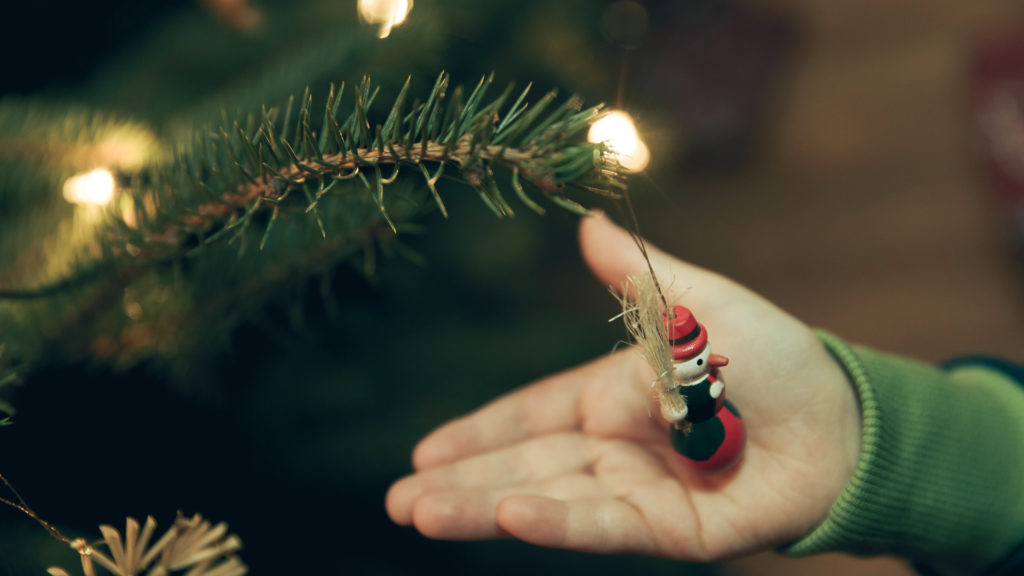
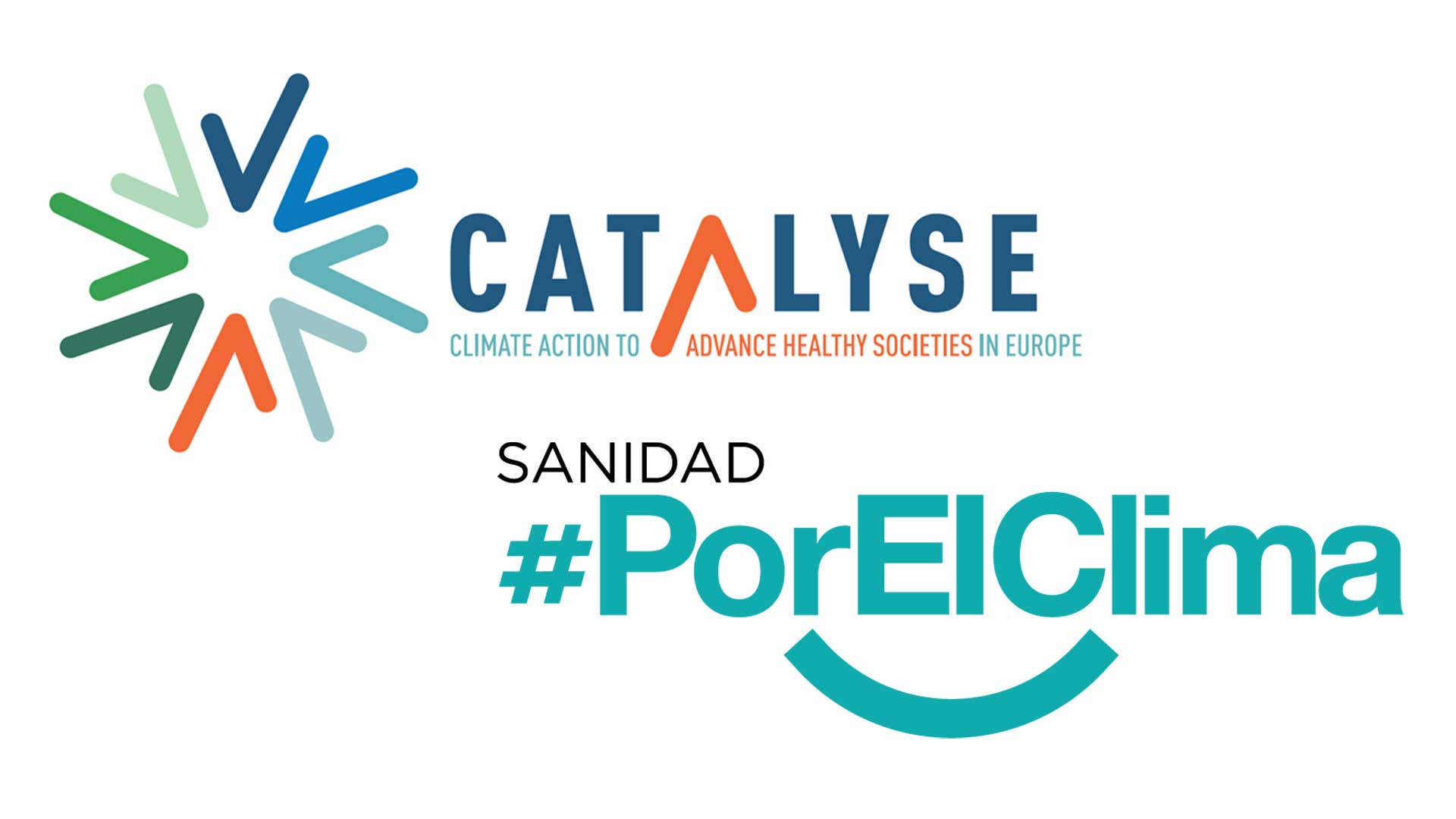
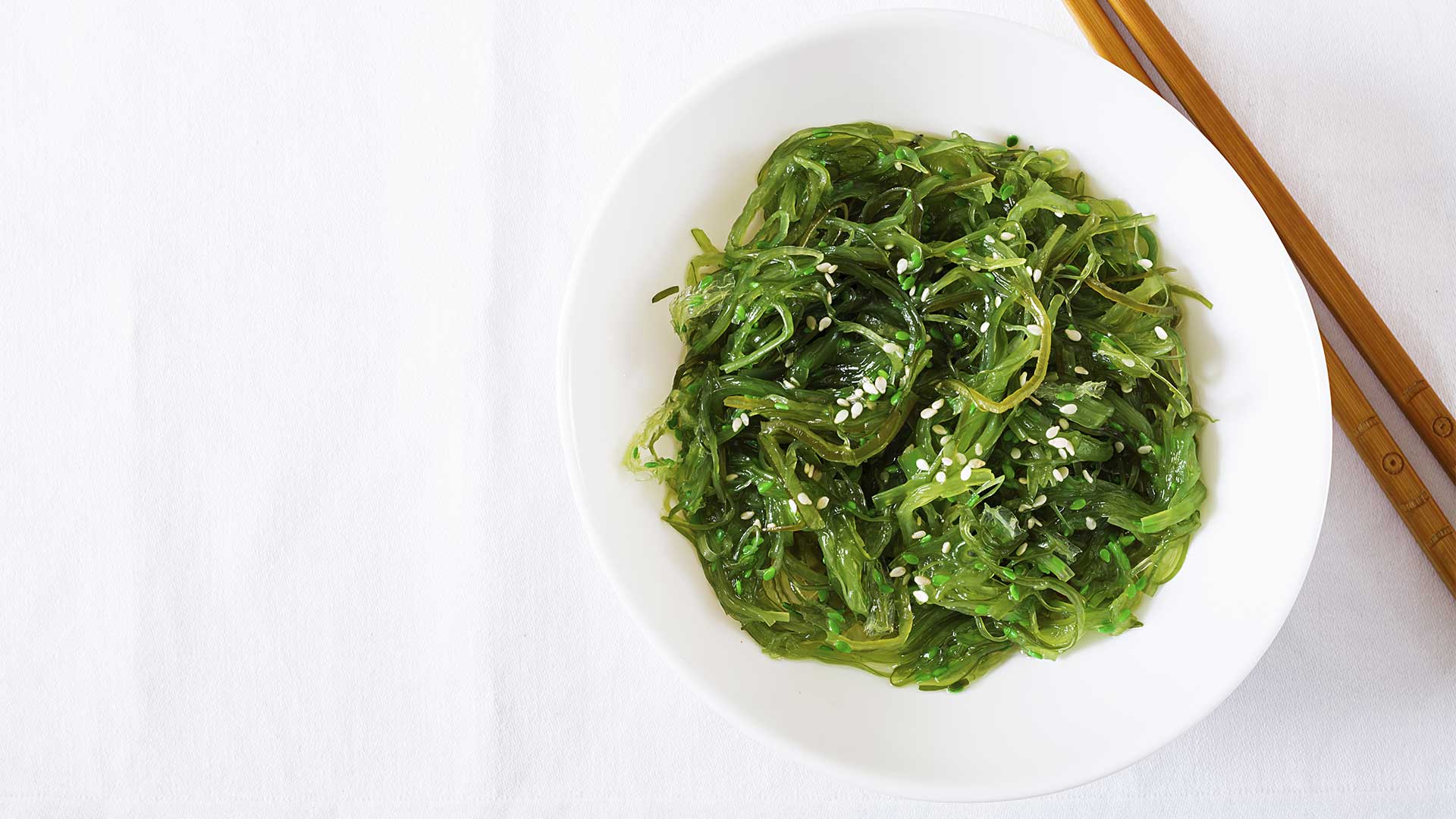
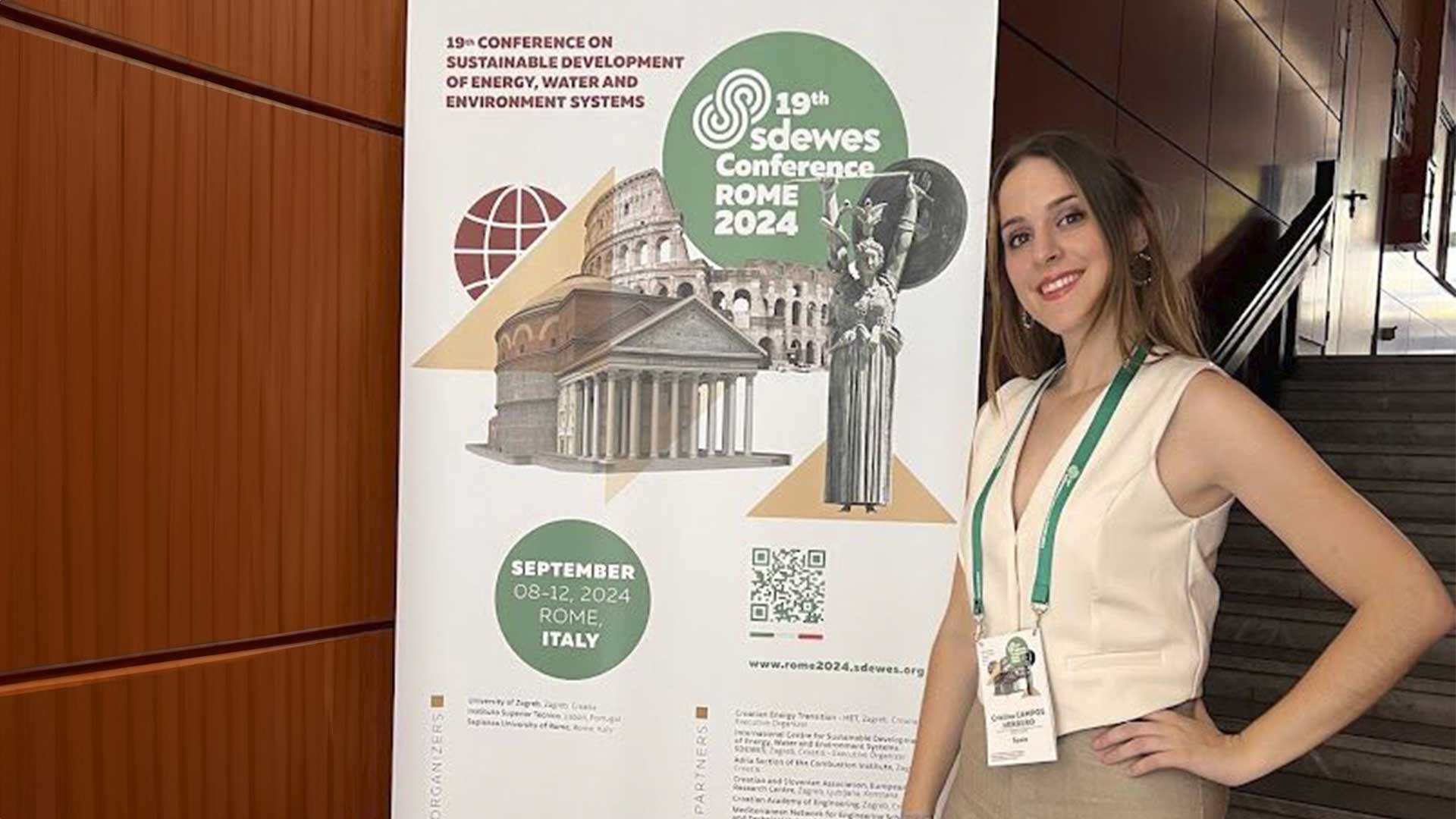
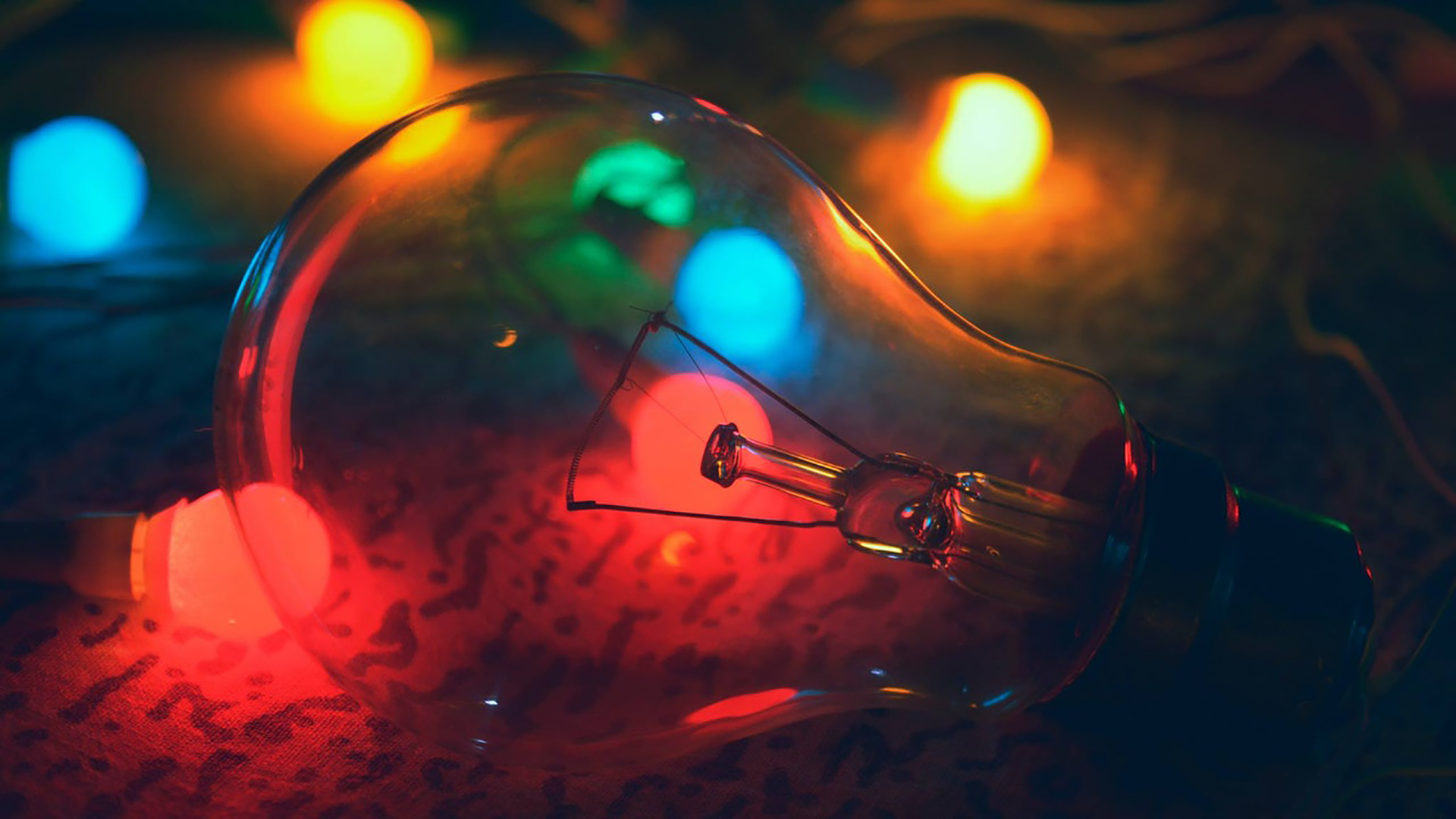
Leave a message